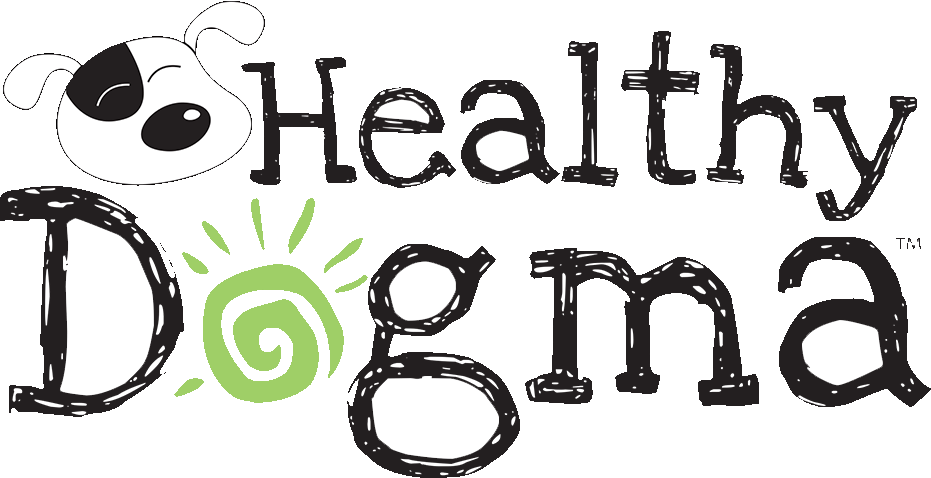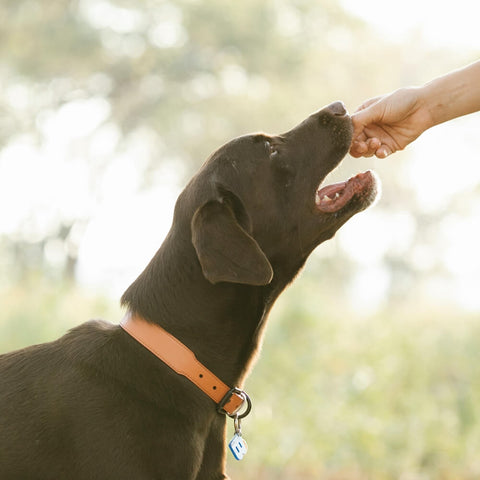We’re really just scratching the surface of what probiotics can do for our dogs. While formal veterinary research is still growing and sometimes offers mixed results, the potential benefits that many pet owners and experts are seeing are hard to ignore.
Probiotics can play a huge role in a dog's health, starting with their digestion. And while we focused on their amazing digestive benefits in our previous article, the story doesn’t end there. The impact of probiotics extends well beyond the tummy, helping to support the immune system, reduce allergic reactions, and may even lower the frequency of urinary tract infections. Some evidence even suggests they can help a dog remain calm.
Keep reading as we cover everything you need to know about probiotics for dogs, what they are, the different types, and their powerful benefits.
What Are Probiotics for Dogs?
To understand probiotics, it helps to think of your dog’s digestive system as an entire world of bacteria, and most of them are the “good guys” working to keep things running smoothly. The term “probiotics” is simply the name for these helpful, live microorganisms.
Think of them as a dedicated support team inside your dog. Their job is to help with digestion, strengthen the immune system, and even produce vital nutrients the body needs. A balanced community of these good bacteria is the foundation of a healthy, well-functioning digestive system.
When you're looking at a supplement label, you won’t just see the word “probiotics”. Instead, you’ll find the scientific names of the specific strains included. You can expect to see names like these:
- Enterococcus faecium
- Lactobacillus casei
- Lactobacillus acidophilus
- Bifidobacterium lactis
- Bifidobacterium breve
- Bacillus coagulans
Probiotics & Prebiotics
You’ll often hear the term “prebiotics” mentioned alongside probiotics, and it's easy to get them confused. The simplest way to think about it is that these Probiotics are the beneficial, live bacteria, and prebiotics are the food that helps them multiply and stay healthy.
When your dog eats a meal, these two get to work in very different but complementary ways. The probiotics directly add more good bacteria to your dog’s internal ecosystem, reinforcing the community of helpful microbes.
Prebiotics, meanwhile, play a completely different but equally important role. They are essentially a special delivery of food for the good bacteria. This fiber isn't digested in the stomach but passes directly to the colon, where the beneficial bacteria live. There, it becomes a powerful food source, helping that entire community of good bacteria to multiply. You can find prebiotics in high-fiber foods like chicory root and dandelion greens, or in a well-formulated supplement.
This is why you'll so often find both in the best digestive supplements. When they work together like this, with the probiotics providing the beneficial bacteria and the prebiotics feeding them, it creates a powerful synergistic effect. This health-boosting combination even has a name: synbiotics.
The Health Benefits of Probiotics for Dogs
More and more research shows that adding good bacteria and yeast (called probiotics) to your dog’s diet can help keep them healthy in many ways.
Probiotics can help your dog’s body make and absorb nutrients better, which means they get more out of their food. They also help boost the immune system, facilitate digestion, and support the body’s natural detoxification process.
A balanced digestive system is also directly linked to a strong immune system, helping your dog stay resilient. This connection is why many owners see a big difference in their dog's skin health and a reduction in allergic reactions.
When a dog experiences seasonal allergies, their immune system can overreact to something harmless, like pollen, mistaking it for a threat. This is what causes all that frustrating itching, shaking of the head, and sneezing. The key to calming these reactions and achieving healthier skin is supporting a more balanced immune response, and that process starts in the gut. Probiotics for dogs are perfectly suited to help create that internal balance.
Also, that link between a dog's mood and their physical health is incredibly strong. A sudden change, like losing interest in playing or obsessively licking their tummy, is often an outward sign that their gut is out of balance. This is what makes probiotics for dogs so effective. They help rebalance the gut, which not only soothes physical tummy troubles but also has a direct, positive impact on their behavior and stress levels.
Can Dogs Take Human Probiotics?
It's a common question: if probiotics are good for me, can I just share mine with my dog? While it seems logical, it's always best to stick with a formula made specifically for them. A dog’s digestive system, while similar in some ways, has a unique balance of bacteria that’s very different from our own.
This doesn't mean a human probiotic is toxic. If your dog accidentally gets one, there's no need to panic. The ingredients are safe for consumption, and some of the beneficial strains, like Lactobacillus and Bifidobacterium, are helpful for both humans and pets.
The real issue comes down to the formula's purpose because human probiotics are designed to support a human gut environment. Using them for your dog is like trying to use the wrong key for a lock—it might not do any immediate damage, but it's not designed to work properly.
Over time, giving your dog a human supplement could have one of two outcomes. At best, it might have no effect at all, meaning you're not getting the benefits you hoped for. At worst, it could disrupt their gut's natural balance and cause severe digestive upset, which you're trying to prevent.
To ensure your dog gets the right support without any guesswork, choosing a probiotic specifically made for their canine system is always the safest and most effective choice.
How to Introduce Probiotics to Your Dog
Before adding any new supplement to your dog’s diet, a quick conversation with your vet is always the best first step. They have a full picture of your dog’s health history and can help you choose the most suitable probiotic strain and serving size for their specific needs.
Once you and your vet have chosen the right probiotic, the key is to “go slow”. It's always best to start with a smaller amount than the label suggests for the first few days to give your dog’s system time to adjust. Always follow the specific instructions on the product's label, as serving sizes and formulas can vary significantly from one brand to another.
During this first week, pay close attention to how your dog responds. You’re looking for positive changes, but it's also important to watch for any unusual reactions such as diarrhea, vomiting, or other signs of discomfort. This careful introduction ensures the experience is a positive one for your pup.


